Citroën C4 Cactus 2014
-
Contenuti simili
-
Citroën C5 Aircross II 2025 - Prj. CR3 (Spy)
Pubblicato da Cole_90,
- c5 aircross spy
- c5 aircross
- (e 3 altri in più)
- 5 risposte
- 2286 visite
-
- 61 risposte
- 5049 visite
-
Citroën C4 & C4 X Facelift 2024 (Spy) 1 2 3 4 5
Pubblicato da j,
- citroen spy
- c4 spy
- (e 4 altri in più)
- 40 risposte
- 9246 visite
-
-
-

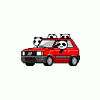
.thumb.jpg.3cc28e822a314f1943216b05e2d40dfc.jpg)

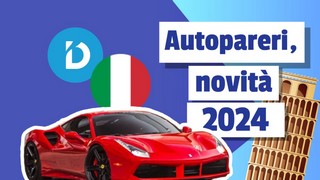

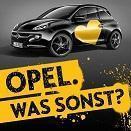




.thumb.jpg.d20c5008a881490f9c7f843d442a34f8.jpg)


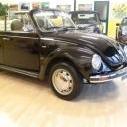



.thumb.jpg.46228d717c405acd43b45b79fddce6a4.jpg)



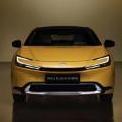


Messaggi Raccomandati:
Crea un account o accedi per lasciare un commento
Devi essere iscritto per commentare e visualizzare le sezioni protette!
Crea un account
Iscriviti nella nostra community. È facile!
Registra un nuovo accountAccedi
Sei già registrato? Accedi qui.
Accedi Ora